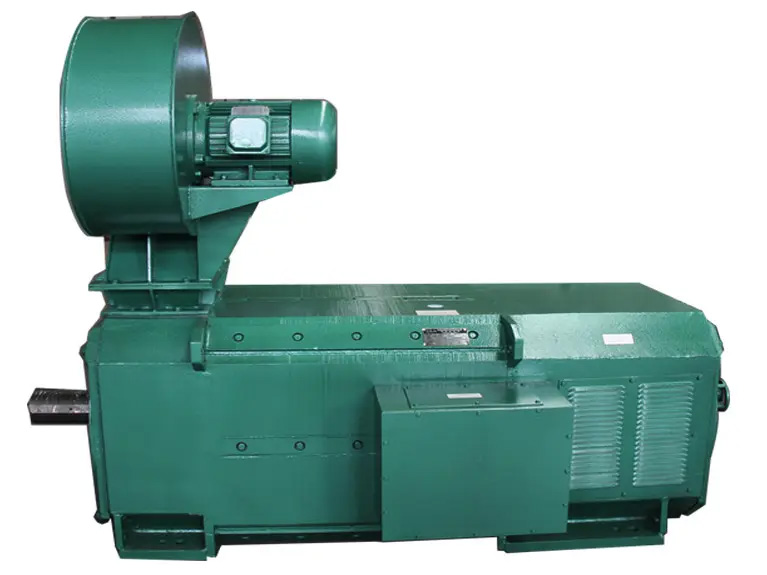Technical Principle Of DC Motor Speed Control System
DC motor speed control can be divided into excitation control method and armature voltage control method. The excitation control method is rarely used, and the armature voltage control method is used in most applications. With the advancement of power electronics technology, changing the armature voltage can be achieved in many ways, among which Pulse Width Modulation (PWM) is a commonly used speed regulation method to change the armature voltage. The method is to adjust the armature voltage U of the DC motor by changing the ratio of the on-time of the motor armature voltage to the energization period (ie, the duty cycle), thereby controlling the motor speed.
The core component of PWM is the voltage-pulse width converter, whose function is to modulate the pulse width according to the control command signal, so as to use the pulse signal whose width changes with the command to control the conduction time of the high-power transistor, and realize the two-phase control of the armature winding. terminal voltage control.

The triangular wave generator is used to generate the triangular wave UT of a certain frequency, and the triangular wave is added to the input command signal UI by the adder to generate the signal UI+UT, which is then sent to the comparator. The comparator is an open-loop operational amplifier with extremely high open-loop gain and limiting switching characteristics. A slight change in the signal difference between the two inputs will cause the comparator to output the corresponding switching signal. In general, the negative input terminal of the comparator is grounded, and the signal UI+UT is input from the positive terminal. When UI+UT>0, the comparator outputs a full-scale positive level; when UI+UT<0, the comparator outputs a full-scale negative level.
The modulation process of the voltage-pulse width converter to the signal waveform is shown in Figure 2. Due to the limiter characteristic of the comparator, the amplitude of the output signal US remains unchanged, but the pulse width changes with the change of UI, and the frequency of US is determined by the frequency of the triangular wave.
When the command signal UI=0, the output signal US is a rectangular pulse with equal positive and negative pulse widths. First, the single-chip microcomputer sends out the motor logic control signal, which mainly includes the motor running direction signal Dir, the motor speed control signal PWM and the motor braking signal Brake, Then it is pulse width modulated by TL494, and its output signal drives the H-bridge power circuit to drive the DC motor. Among them, the H bridge is composed of 4 high-power enhanced FETs, and its function is to change the steering of the motor and amplify the driving signal.
In the circuit to realize the control of the motor PWM speed regulation system, the system uses the TL494 chip, and its internal circuit is composed of a reference voltage generation circuit, an oscillation circuit, an intermittent period adjustment circuit, two error amplifiers, a pulse width modulation comparator, and an output circuit. , TL494 chip is widely used in single-ended forward double-tube, half-bridge, full-bridge switching power supply. All pulse width modulation circuits are integrated. The chip has a built-in linear sawtooth oscillator, and there are only two external oscillating components (one resistor and one capacitor). Built-in error amplifier. Internal 5V reference voltage reference. Adjustable dead time. The built-in power transistor provides 500mA drive capability. Push or pull two output methods.












